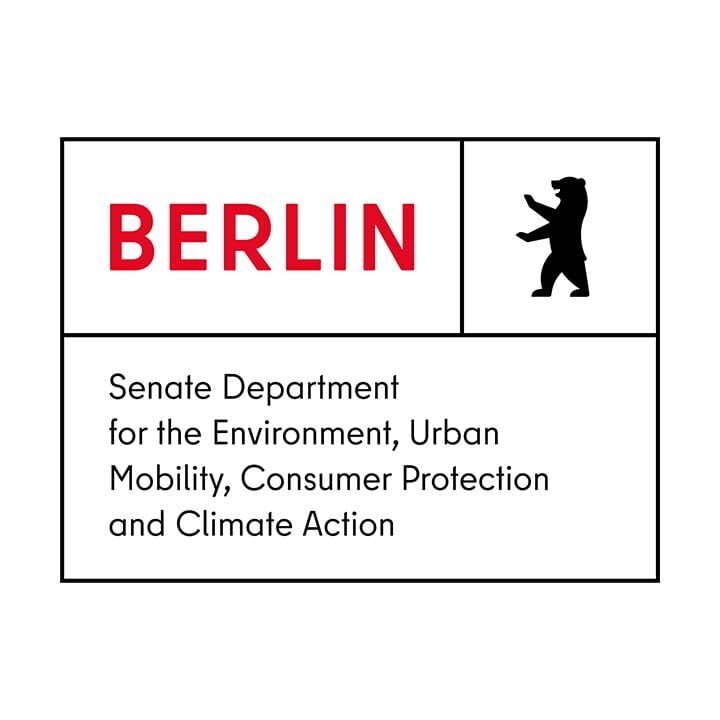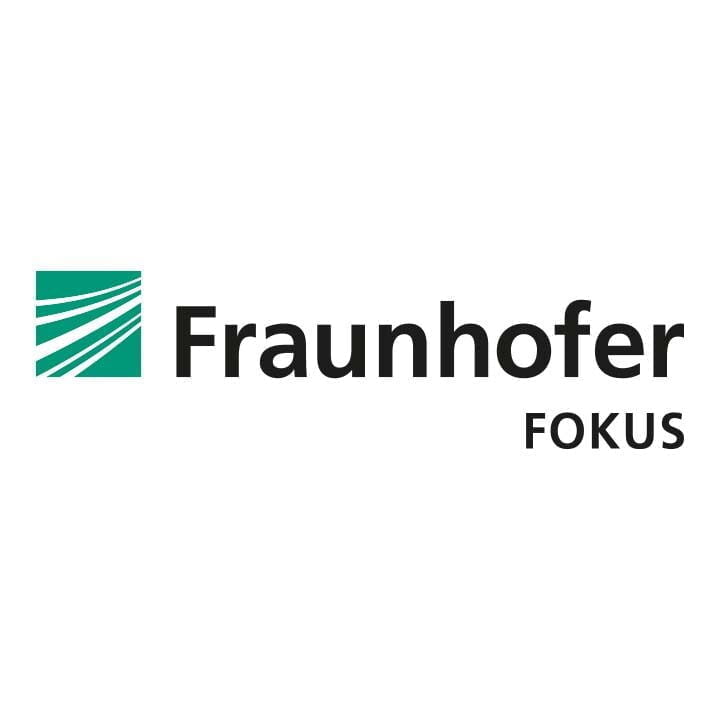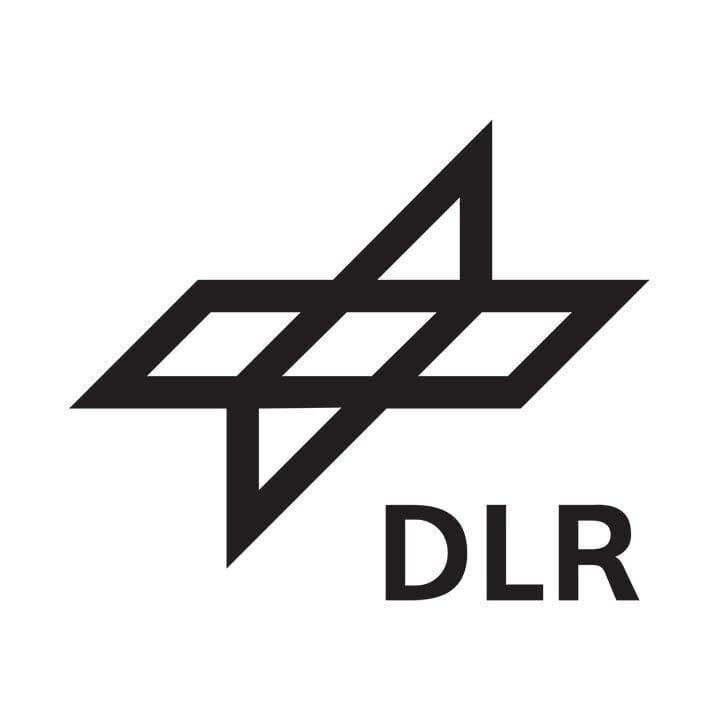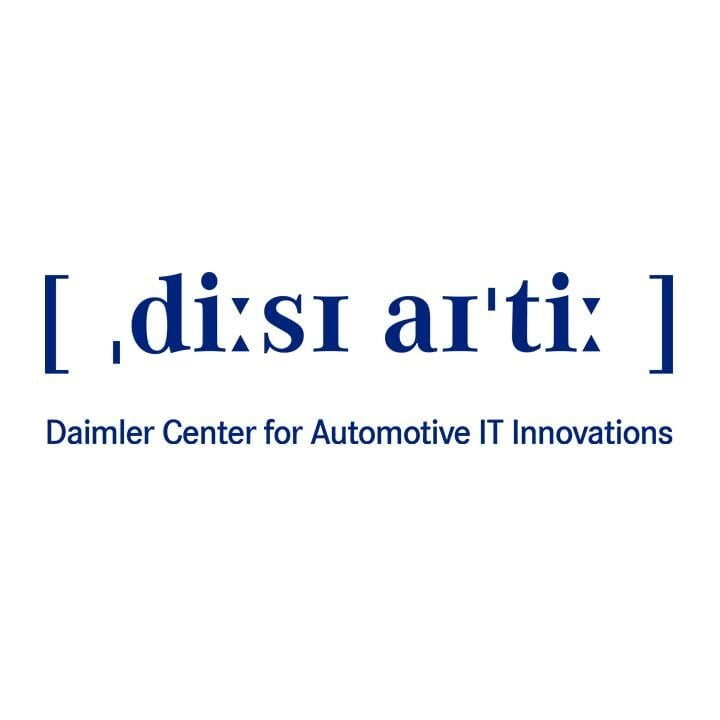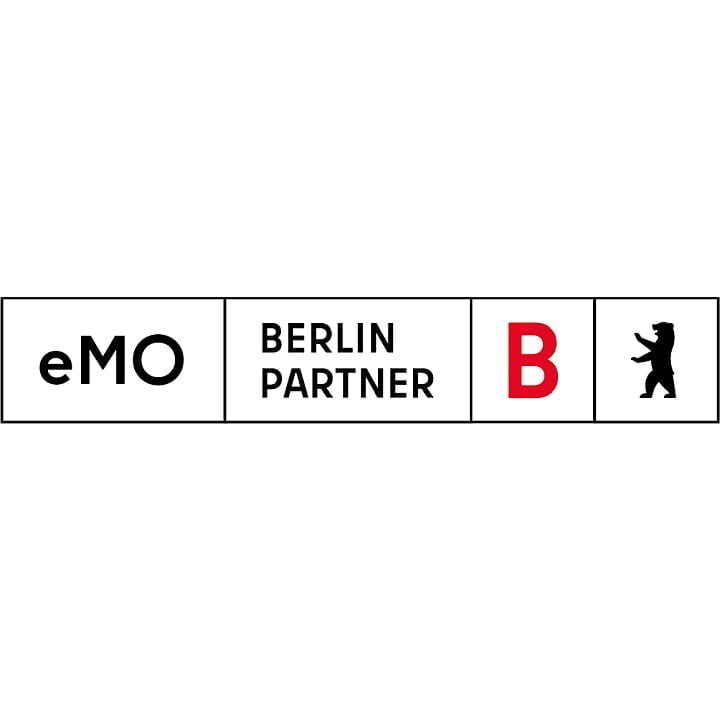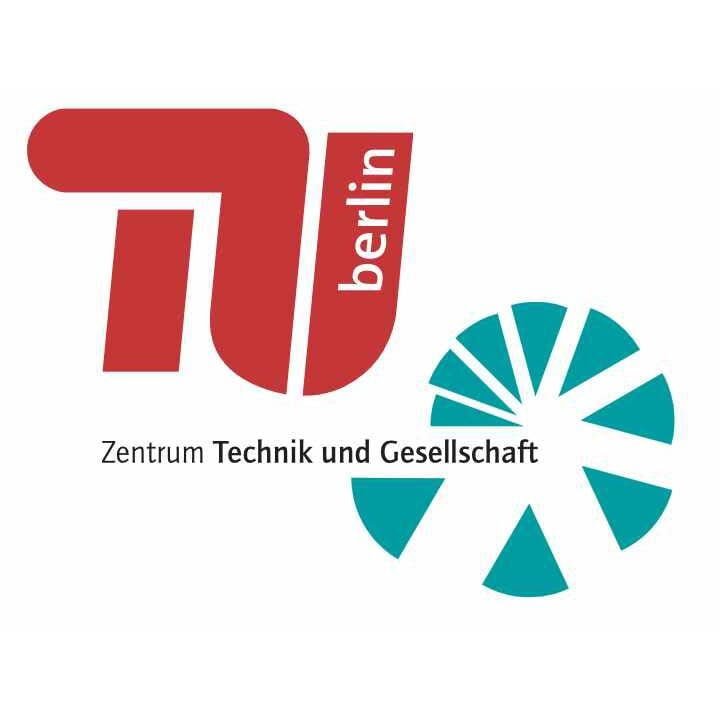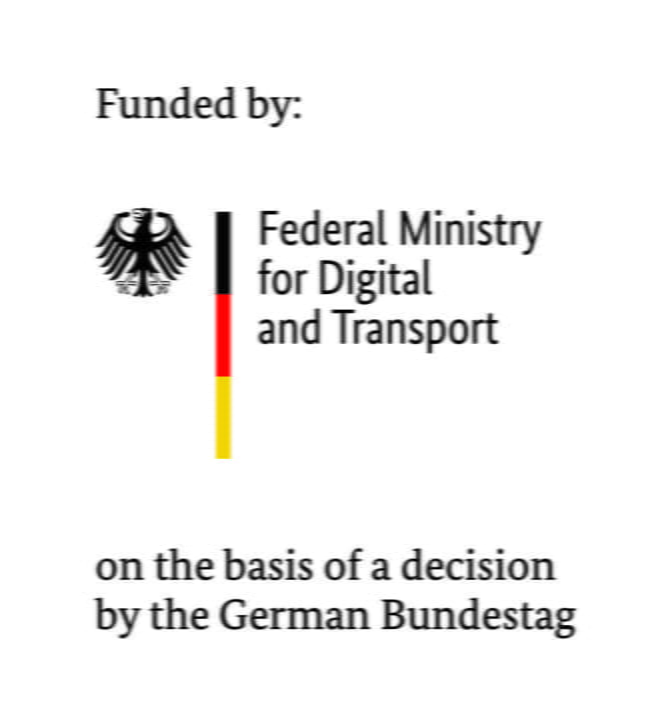
AI-based System for Connected Mobility
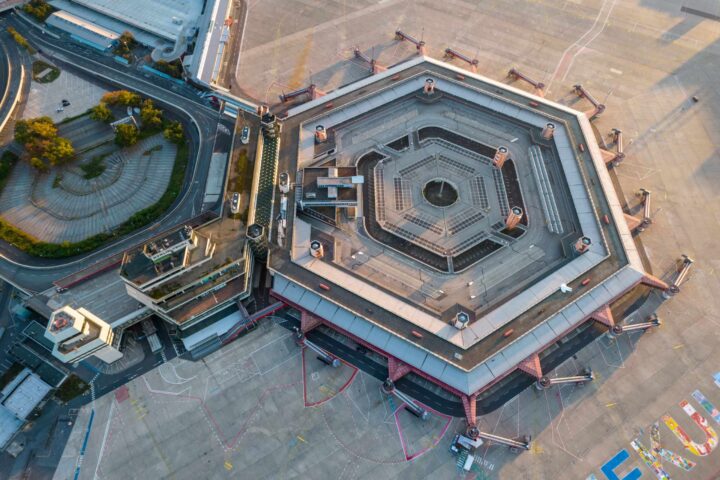
Project description
January 2022 – June 2024
The state of Berlin also faces the challenge of providing affordable and reliable local public transportation (ÖPNV) in fast-growing residential areas. KIS’M intends to test and implement such a demand-driven public transport service with driverless vehicles on the innovation campus “Berlin TXL – The Urban Tech Republic” (UTR) on the site of the former Tegel Airport and subsequently on the adjacent public road land.
For the first time, this is to be implemented in consideration of the amendment to the Road Traffic Act on autonomous driving. Seamless integration with the mobility system and traffic control is important here. The possible technical solutions are to be further developed with a broad panel of experts and users. In addition, a socially accepted vision of tomorrow’s mobility is to be developed.
The project will receive €8.72 million in funding from the German Federal Ministry of Digital Affairs and Transport (BMDV) during the period from early 2022 to mid-2024.
The main goals of the project
The implementation of driverless on-demand transportation and the development of safe, reliable and accepted procedures for technical supervision, at virtual stops and in vehicles are among the ambitious goals in KIS’M. With better connectivity and cooperation of automated vehicles with each other as well as with traffic control, the aim is to achieve higher traffic safety even in a mixed system.
More up-to-date and accurate map and traffic information will be derived from data recorded in traffic using artificial intelligence tools. In addition, KIS’M intends to use the experience gained to develop a strategy for the further use of driverless vehicles and their transfer to regular operation in the state of Berlin.
Project Partners
The KIS’M research project is a cooperative project led by the Senate Department for the Environment, Mobility, Consumer and Climate Protection (SenUMVK). A total of eight partners will work together to achieve the goals.
They include Berliner Verkehrsbetriebe (BVG), the German Aerospace Center (DLR), Berlin Partner für Wirtschaft und Technologie GmbH with the Berlin Electromobility Agency (eMO), the Fraunhofer Institute FOKUS, Freie Universität Berlin with the Dahlem Centre for Machine Learning and Robotics (DCMLR), and Technische Universität Berlin with the Daimler Centre for Automotive IT Innovations (DCAITI) and the Center for Technology and Society (ZTG).
The project is supported by Tegel Projekt GmbH, which is making the site available for testing, and T-Systems International GmbH, which is providing 5G network functions.
Partners
Supported by
Concrete Tasks & Solutions
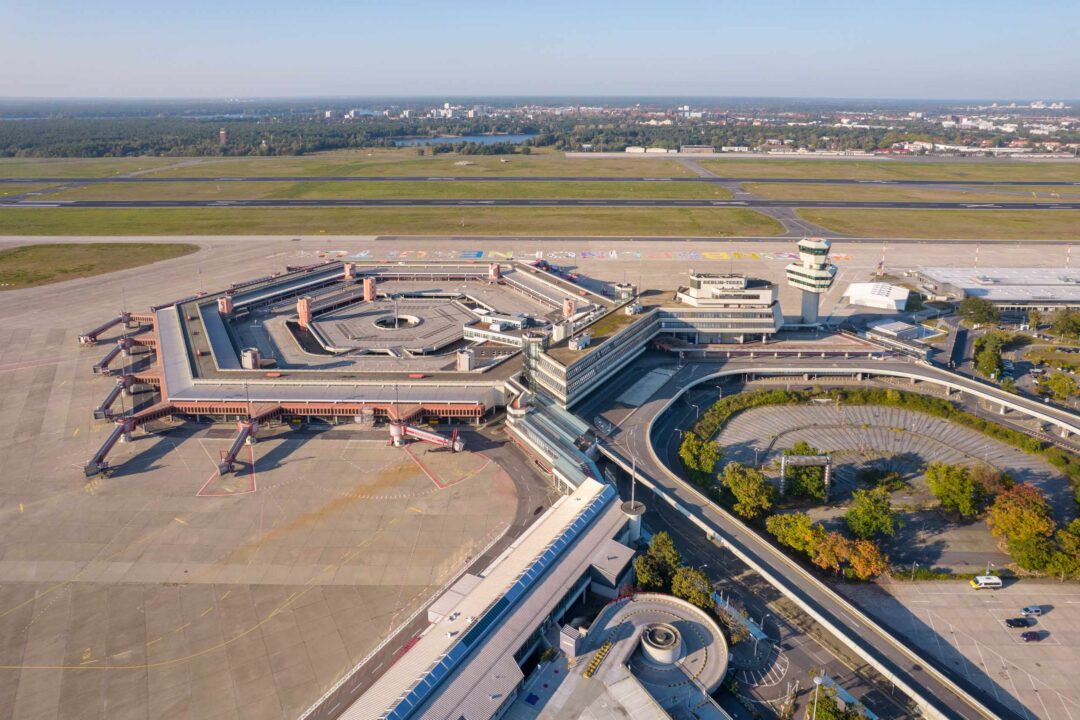
Passenger Service
While the predecessor project Shuttles&Co tested the use of highly automated minibuses as part of the BVG fleet in the Alt-Tegel neighborhood, the new KIS’M project will examine the implementation of automated on-demand transport as a feeder to local public transport in order to test the introduction of autonomous on-demand services in local public transport in large cities in practice.
In concrete terms, autonomous shuttles will be used to transport passengers in the test field. Starting in 2023, BVG-operated vehicles will run on demand, without vehicle attendants on board, and will stop at virtual stops. In addition, the monitoring and maneuver release of the vehicles will be tested only from a control center, which was made possible by the amendment of the Road Traffic Act (StVG) in 2021 on public roads.
Cooperation between highly automated vehicles
After establishing the requirements for intermodal connectivity, the use cases are specified and implemented in the different combinations of public transport, emergency vehicles (BOS) and mixed automated traffic using methods of AI-based cooperative strategic maneuver control. The goal is to improve operations at the tactical level, this will be demonstrated through real runs.
Rule-based traffic control
Use cases in the various combinations of public transport, BOS and mixed automated traffic are implemented using methods of AI-supported cooperative strategic maneuver control. The goal is to improve operations at the tactical level. These include, for example, the further development of priority with vehicle-to-infrastructure (V2I) (public transport including coordinated departure at stops synchronized with traffic control, BOS, cyclist integration) and routing services with GLOSA for all.
Testing is being carried out with several test vehicles for automated driving in public spaces, vehicles of the BOS and public transport. In addition, cyclists and pedestrians are to be better integrated into traffic control.
AI-based update of traffic information
Three use cases will implement and test AI modules to support maneuver coordination via the dynamic map information system for cooperative automated traffic. The so-called self-updating is to be done for static and dynamic objects and events. This will follow up the approach with data sources from different detection systems and V2X data sources. (V2X is the connectivity of vehicles with each other and with their environment such as traffic lights).
On the one hand, the data for the self-updating map are provided by automated test vehicles equipped with special sensor technology (lidar, cameras, V2X) in various object classes, precisely located. On the other hand, in order to bring in data constantly and on a daily basis, a smartphone app for AI-based detection of traffic-relevant objects is being further developed. This solution can be installed on a mobile device and thus be used in a fleet.
In addition, the mapping of virtual stops for true on-demand service is being studied and tested. The work done here will also serve as the basis for a heat map of virtual loading zones for CEP services (courier, express, parcel). The data is to be made available to all road users as Open Data and in special services.
User-centered integrated technology development
Complementary approaches are combined for the holistic view of user-centered integrated technology development in the project. For the technology impacts of the automated and connected driving, the ELSI criteria (ethical, legal/legal, and social implications), among others, are used and evaluated from the perspective of relevant stakeholder groups. The requirements for and assessments of technologies will be participatively queried and connected from these different perspectives in the concrete application context. In addition, the consideration is based on the guidelines of the Ethics Commission on automated and connected driving and the law on autonomous driving.
Furthermore, human-machine interaction (HMI) concepts are developed in a human-centered and iterative way based on selected use cases. For the workplace of the technical supervisor, this is done on the basis of relevant scenarios in public transport and includes an in-depth analysis, adaptation and specification of role models of the technical supervisor (TS). After the establishment of the pilot operation, the further training of the TS and integration into all relevant operational processes will be investigated. Similarly, the virtual stop as user guidance and the interaction between passengers and the technical supervisor on board the vehicle will be developed. These HMI will be prototypically experienced in the simulation (VR / AR if necessary) and interactions with deployment scenarios of personnel in or on the vehicle (operations supervision, security personnel, etc.) or similar. Trust instances will be investigated.
In addition, differentiated application areas are analyzed in innovation exchanges together with local stakeholders, aiming at the scalability of automated mobility solutions and the derivation of a rollout strategy.
